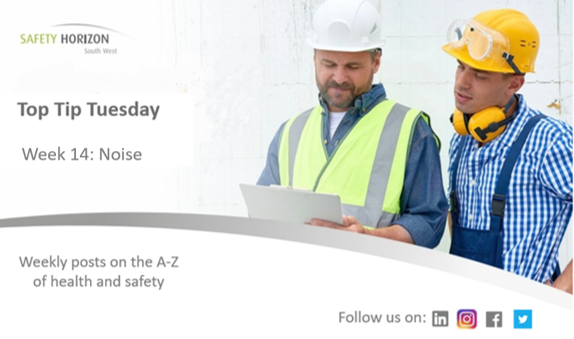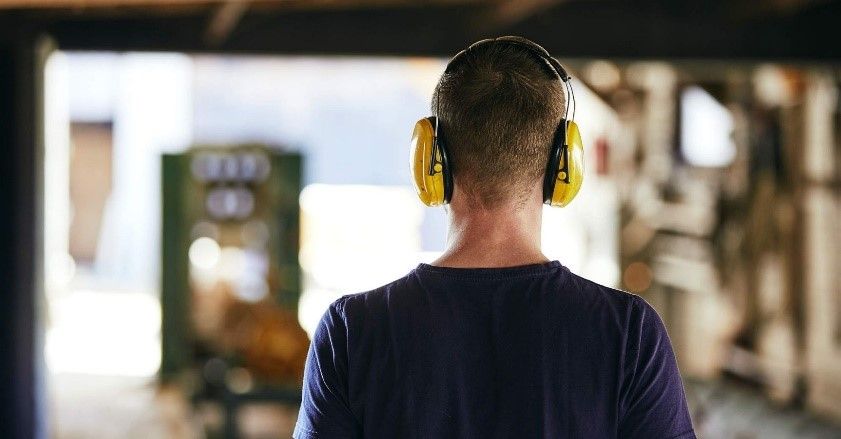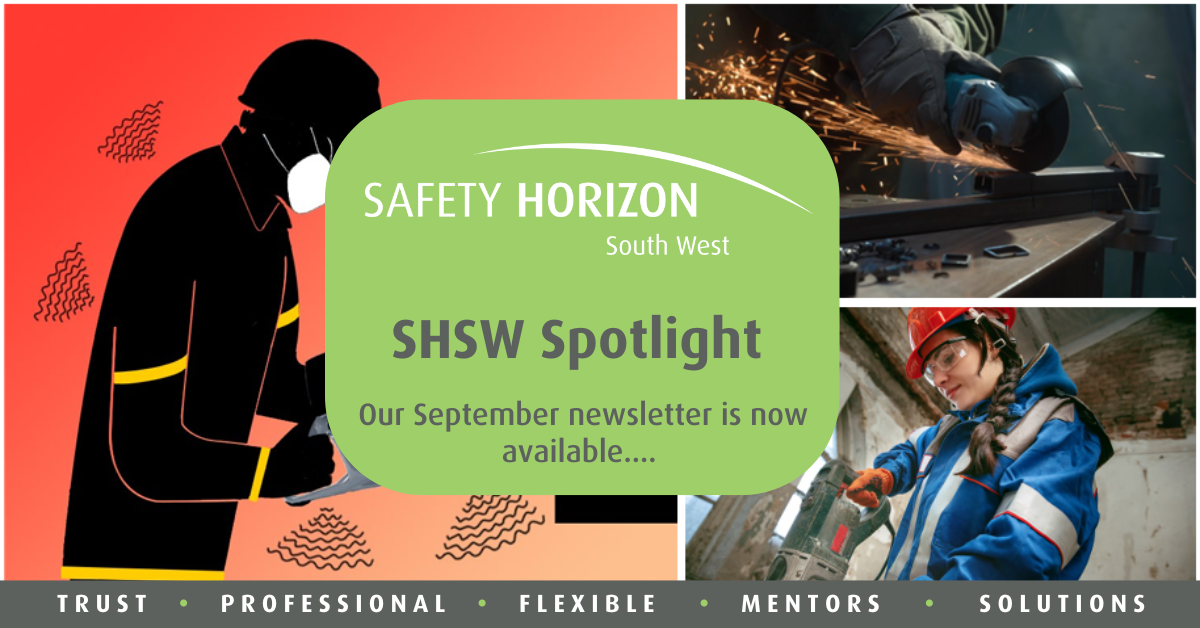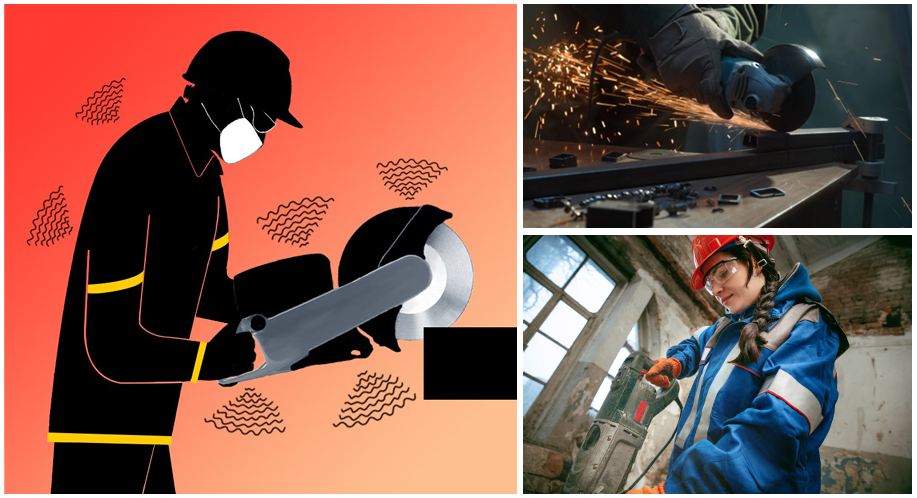Top Tip Tuesday - Noise
Mark Stallard • 10 January 2023
Week 14 of our Top Tip Tuesday focuses on Noise

N – NOISE
Noise is another subject that falls under the health umbrella and is also labelled by some professionals as a ‘common workplace hazard’. The term ‘common’ can be interpreted as it applies to a lot of workplaces.
Even though it is labelled a common hazard, there are many organisations that do not control, manage noise, or even realise that it is a potential problem. Noise is measured in decibels (dB) with various processes; machinery and environments have different levels. Here are our top tips to help you:
- Do you have a noise issue? Walk around your workplace, consult with employees. If you must raise your voice to have a normal conversation from 2m away, the noise level may be too high.
- Do your employees use noisy powered tools or machinery for more than half an hour each day? If so, see if you can source any information from the manufacturer that may indicate the noise level.
- Arrange a noise assessment or perhaps do this yourself. Source a decibel reader and measure the exposure around the noisy areas or equipment you are concerned about. Position it in different areas each time to measure the noise. Perhaps directly next to the noise issue, 10 metres away and then 20 metres away. This will then provide you with a measure of how far the noise is travelling.
- If the decibel level is 80dB or above, record this and seek some competent advice on what to do next. If the decibel level is below 80dB, you still may be able to reduce this or as a minimum, keep this under review.
- Inform your employees on what you have found. It doesn’t matter what the results are, it is important they understand.
- If you are looking to reduce the noise levels, sourcing alternative equipment which is quieter is something to consider. Speak to the various manufacturers about the noise impact and what alternatives are available.
- Avoid unnecessary banging, especially metal on metal.
- Avoid spending so long in noisy areas.
- You may be able to encapsulate the area where noise is a problem. At least it can be contained so the number of people exposed is minimal. Use barriers or other ways to reduce the impact.
- Select correct hearing protection. Ear defenders provide total enclosure although ear plus is acceptable for short duration. Make sure the decibel reduction level is enough.
- Train your employees on how they can protect themselves including how to fit and maintain hearing protection.
Need more help on this? Contact us as we are happy to advise and guide you.




